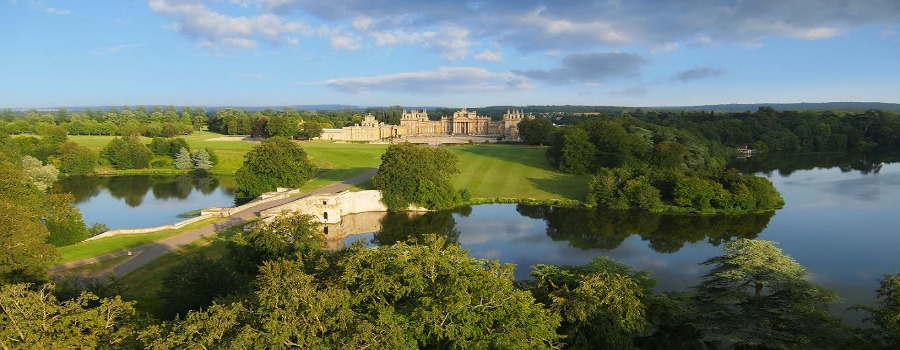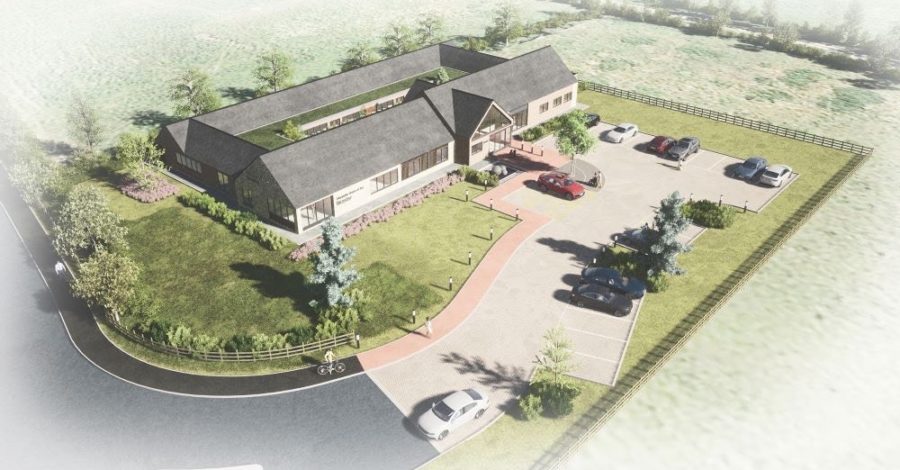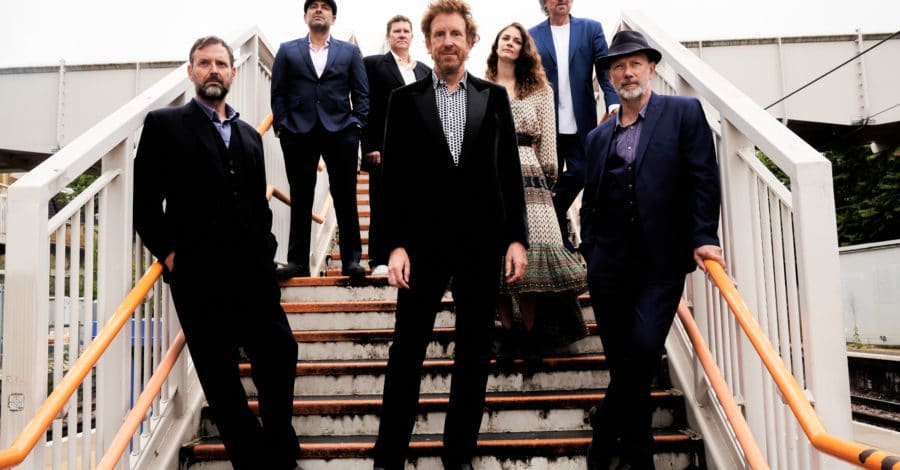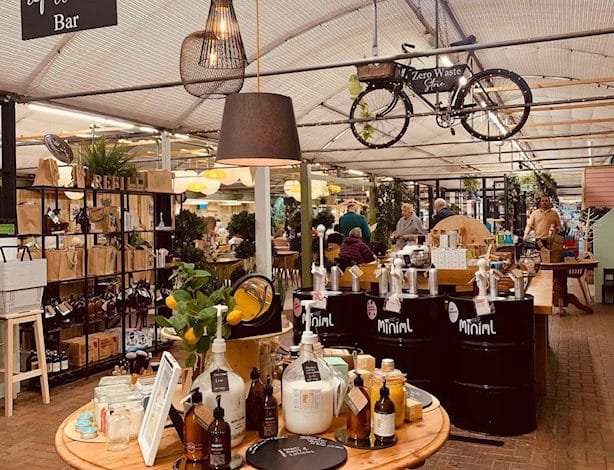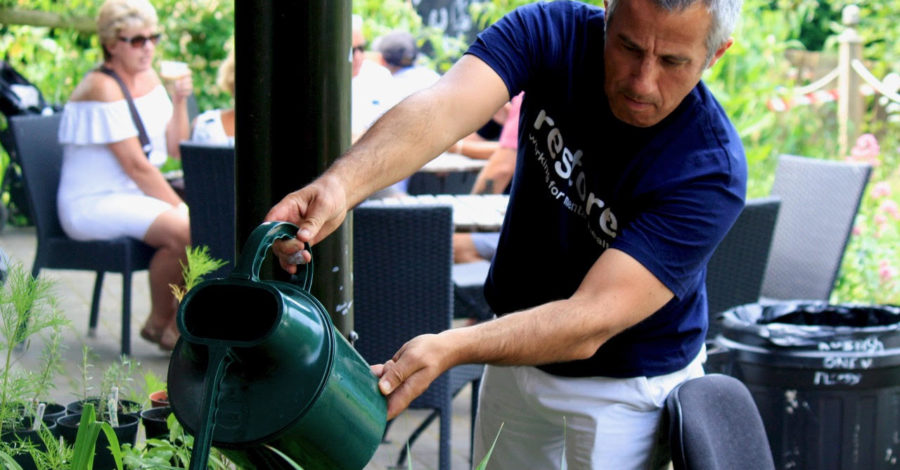[dropcap type =”circle”]B[/dropcap]lenheim Palace, the UNESCO World Heritage Site and birthplace of Sir Winston Churchill, has officially been designated as a charity.
The move will help enable critical restoration and conservation work to take place and brings the 18th century Oxfordshire stately home and ‘Capability’ Brown Parkland and Formal Gardens in line with other World Heritage Sites like Stonehenge.
Its new status will also allow Blenheim Palace to operate the Gift Aid scheme which enables charities to claim back income tax on donations made by UK taxpayers. The Palace will also be able to apply for grants to support its restoration and conservation efforts.
Blenheim Palace’s Chief Executive Dominic Hare said: “The Palace is an extraordinary example of grand 18th century architecture, however both the fabric of the building and its priceless contents are in need of constant care and attention to help protect and preserve them for generations to enjoy.
“At the moment we are undertaking a £350,000 programme of restoration on the historic North Step entrance to the Palace and this is just a small part of the annual investment required to maintain both the Palace itself and more than 2,000 acres of Parkland.
“By establishing ourselves as a charitable organisation we are hopeful we can provide the security to safeguard this globally important Heritage Site for the future,” He added.
Widely regarded as a masterpiece of 18th century Baroque architecture, ‘Britain’s Greatest Palace’ was originally built to celebrate the First Duke of Marlborough’s famous military triumphs against the French and Bavarians during the War of the Spanish Succession, which culminated in the 1704 Battle of Blenheim.
At the time the victory was hailed as the greatest British military success since Agincourt and, as a mark of a grateful nation, Queen Anne financed the building of Blenheim Palace.
Sir Winston Churchill was born at Blenheim in 1874 and spent much of his childhood there. He even proposed to his beloved wife Clementine in the Temple of Diana in 1908 during a summer downpour.
The Palace and its surroundings were a constant source of inspiration and many of his paintings were completed there.
Winston’s love of Blenheim Palace remained to his dying day, he chose to be buried beside his parents in the cemetery of St Martin’s Church in Bladon – the tower of which can be seen from the Palace.

